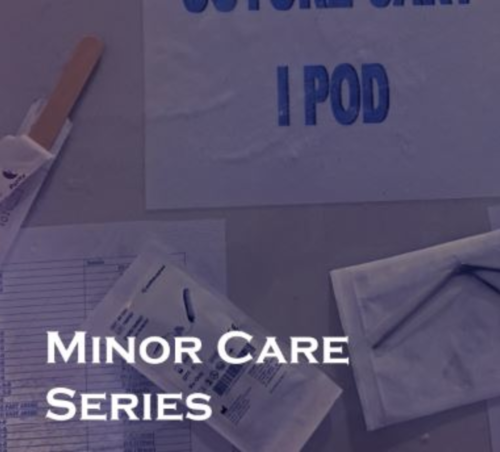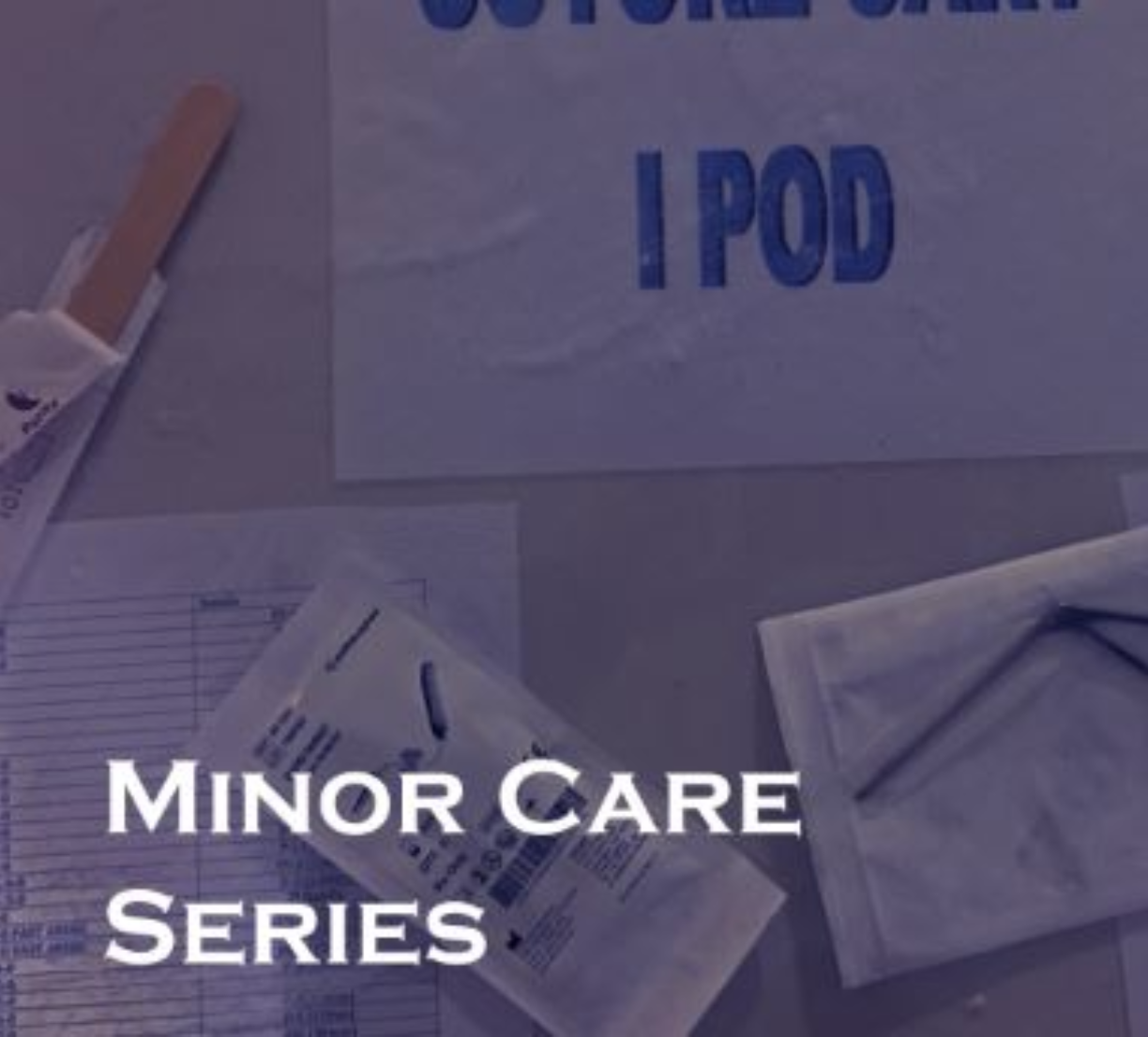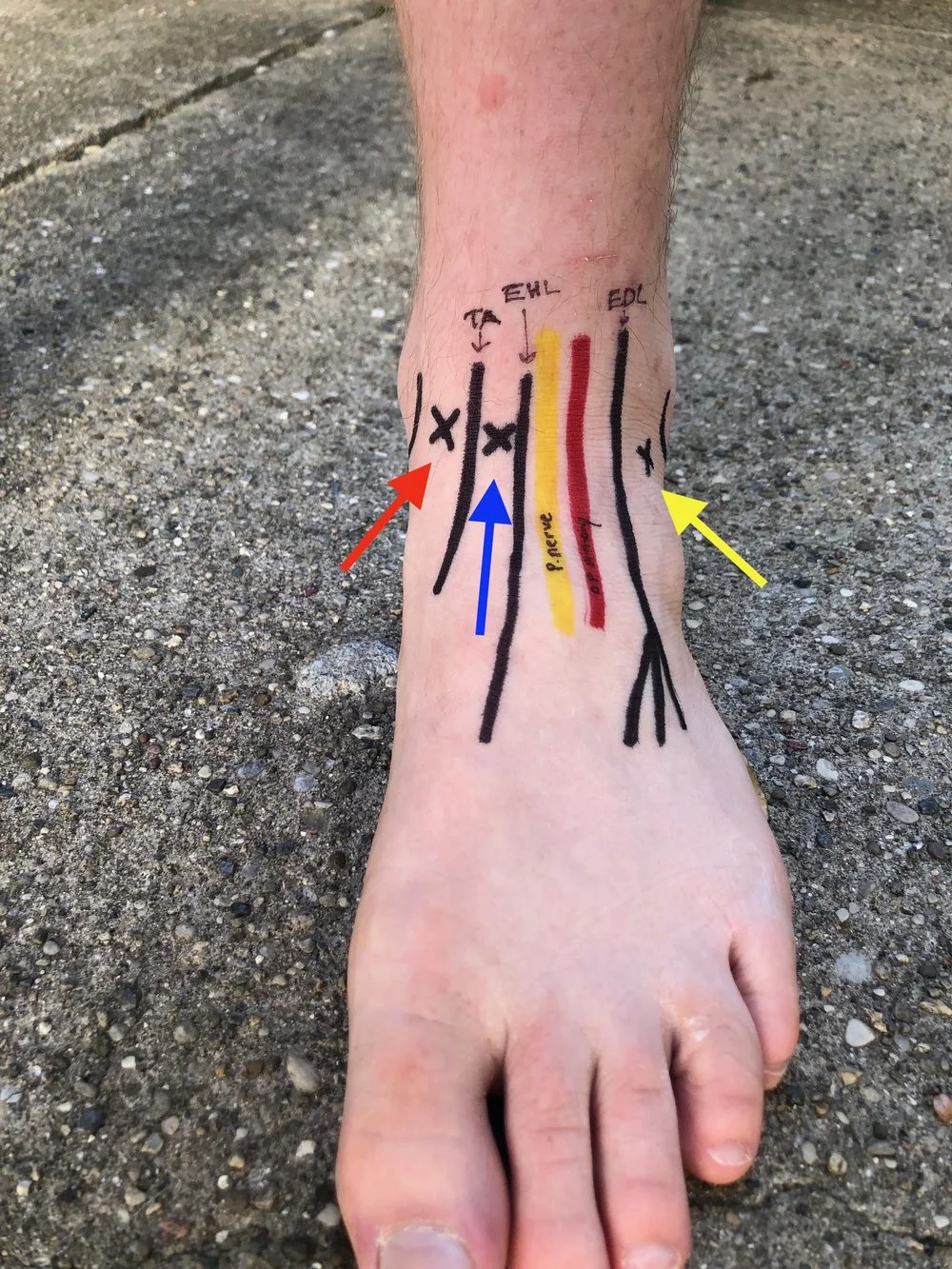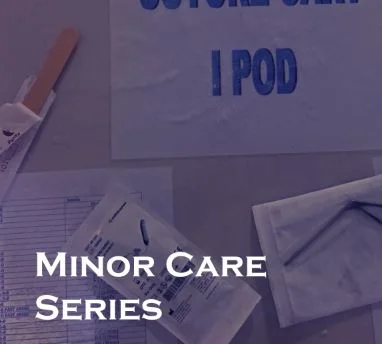Twists and Turns: Identifying Maisonneuve Fractures in the ED
/A Maisonneuve fracture is a specific ankle fracture pattern that involves the medial malleolus, syndesmosis and proximal fibula. It can be easily missed if a provider does not routinely evaluate the proximal fibula as part of their ankle examination, as x-rays of the ankle can often appear normal. Disruption of these structures yields an unstable ankle fracture, thus making close follow up for operative management imperative. It is key to identify this fracture when patients present to the Emergency Department with ankle injuries to ensure definitive management and prevention of complications down the line.
Read More


















